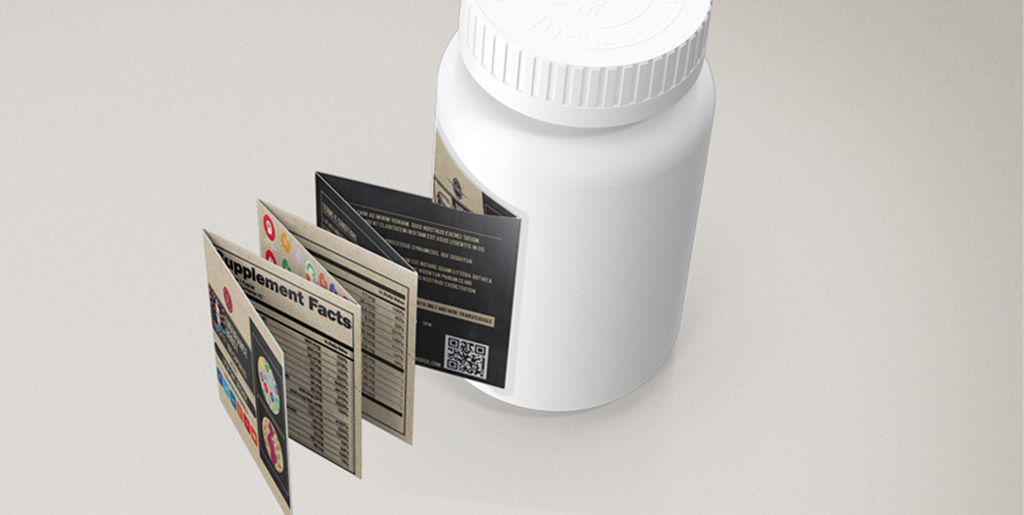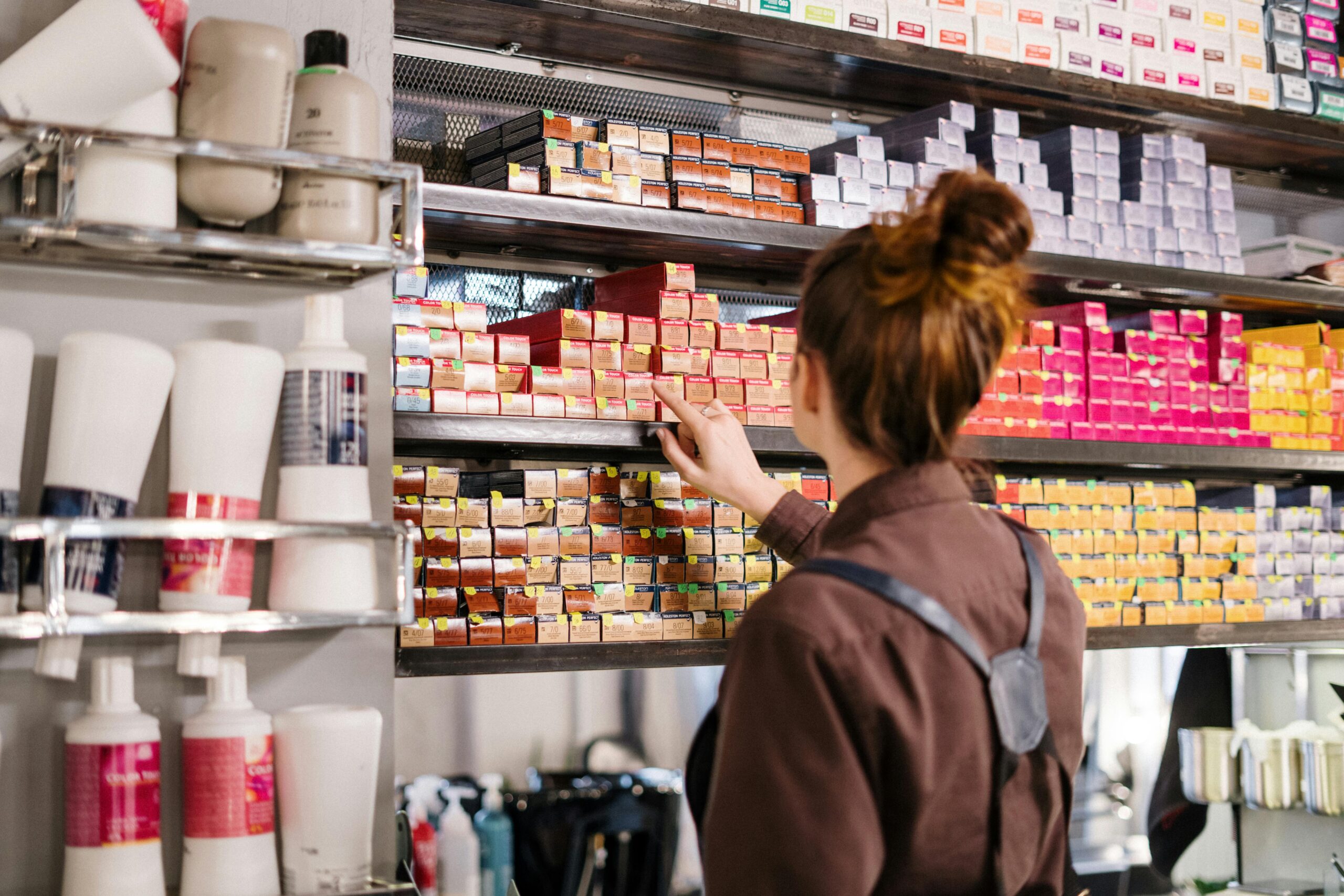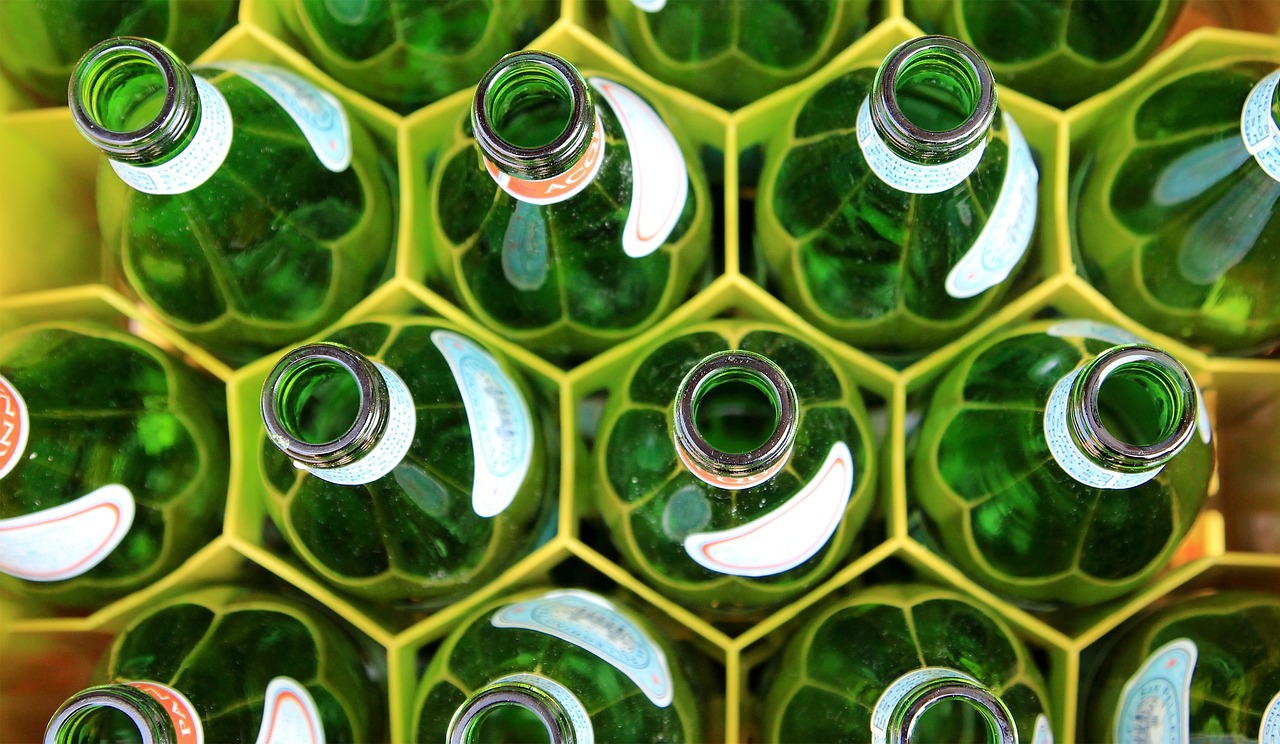Here’s how we’re seeing consumer behavior changing (and how labels can help)

Because brands are still struggling to manage the day-to-day challenges of keeping supply chains intact, it might feel premature to start planning for a “post-COVID” world.
But consumer attitude and purchasing decisions are evolving at a pace you can’t ignore. And it’s unlikely that these shifts will disappear after shelter-in-place orders are lifted and consumers once again venture outside.
It’s worth exploring one simple question: “What’s next?”
Here we’ll show you what we’re seeing about how consumers will behave as the curve flattens and they return to their “new normal” — and the (albeit small) role labels could play in helping you better connect with them.
A quick caveat before we begin: There’s a lot up in the air right now. We can’t pretend to know everything, nor can we help you update your entire brand strategy.
But we do know product labels backwards and forwards — and we think there are a few ways you could update your labels to better connect with the consumers of tomorrow.
First, let’s look at how post-COVID consumers will behave
There isn’t a crystal ball that can help us predict how consumers will behave after COVID. Still, expert opinions, surveys and studies can, collectively, paint a rough picture of the direction consumer behavior is headed.
During the new normal, consumers will likely:
- Shop online more than they used to — This survey from Numerator indicates that 1 in 3 consumers recently bought products online that they’d normally purchase in-store. And, for a good chunk of the customers surveyed, it’s their first time buying anything online, suggesting that COVID-19 was an accelerant for e-commerce growth.
- Care deeply about product safety, health, cleanliness — 66% of consumers reported they will spend “more time” researching the safety of the products they purchase, according to a survey from McKinsey.
- Feel more isolated, less trusting and more vulnerable (according to data from Forrester) — Forrester speculates that, with the drop in trust and rise in vulnerability, consumers will be receptive to messaging, but only if it’s empathetic and honest.
Some of the fallout is easy to predict: Brands will rely more heavily on e-commerce and consumers will make more intentional purchasing decisions.
What might not be as clear is how these changes will impact your packaging.
But think about it:
- Consumers will not frequent brick-and-mortars as often — This means they won’t be coming into contact with your in-store displays or interacting with your sales representatives. Your only chance to communicate with 100% of your customers is through your packaging.
- They want to know about the safety and cleanliness of your product — Some will do this research online, but you need to make this information as easy to find as possible for those that don’t. Putting this information on your packaging is a surefire way to make consumers feel good about repeat purchases.
- They feel less trusting — What are you doing to empathize and engage with the customer? How are you going to put your brand story in front of them and build trust?
Your packaging story will be more important than ever
With more people shopping online, there are fewer opportunities to interact with consumers at the retail level.
Your product packaging is the only touchpoint you’ll have with 100% of your customers — and you need to make sure it addresses their new concerns.
Ask yourself a few questions about your label:
- If someone interacted only with your product — and no advertisements or in-store displays — how connected would they feel to your brand? How loyal would they feel?
- Does it include all the safety or origin information consumers need to feel good about purchasing your product again?
- What story does your label tell? How are you planning to inject empathy and transparency into that story?
- How are you highlighting the features/benefits (e.g., organic, sustainable, etc.) of your product that consumers still love?
Now is the time to start planning for how you’re going to leverage your label to tell the right story to this new consumer.
And there are a variety of label solutions at your fingertips if you’re looking to expand the story you’re telling on your packaging.
One such solution? Extended content labels (ECLs).
Engage, communicate with and mitigate the fears of consumers with ECLs
Extended content labels are traditionally thought of as a tool for communicating product use and regulatory information on a container without sacrificing branding real estate.
But they work perfectly in any scenario where you need to communicate a lot of information, or tell a longer story, using only the space on your label.
Here are a few potential informational, promotional and storytelling applications for ECLs in a post-COVID marketplace:
- Cross-promote your other products — Create a booklet label which serves as a mini catalog of your entire product line, almost recreating the experience of looking through an in-store product display. Important, considering stores will likely be getting less foot traffic.
- Fully address safety and health concerns — Make vetting your product’s safety or cleanliness easy by incorporating that information right onto your label. It’ll give consumers peace of mind each time they interact with your container and make them feel good about purchasing your product in the future.
- Create an engaging experience — How could you incorporate a virtual consumer experience right into your packaging? Wineries, for example, can incorporate a smart label into their packaging, directing consumers to a digital landing page with photos of their vineyards and videos detailing the story of the wine’s provenance. This would give consumers the winery experience from the comfort of their home.
- Add a coupon — Place a peel-off coupon for future redemption on all products distributed through e-commerce channels. They can pull out that coupon next time they hop online to place an order.
- Engage your brands with recipes, or other promotional information — ECLs have immense promotional potential. Incorporate recipes, games — or really any promotional activity — right into your packaging. This is a great way to ensure your brand stays top-of-mind, even with consumers spending more time at home.
- Beyond the label — Add a digital component to your packaging with smart label technology, leading consumers to a product-specific landing page or online game to provide further engagement opportunity with your brand, such as encouraging them to sign up for a loyalty program.
These are just a few ways you could update your labels to better meet the changing desires and purchasing behaviors of your consumers. There are limitless possibilities when it comes to how you can leverage ECLs — or any combination of labeling solutions — to better position yourself to the post-COVID consumer.
To learn more about the promotional opportunities for your brand, check out this guide. It’ll walk you through the consultative process your label supplier should walk through when selecting the best promotional label product for your brand’s goals and budget.
We know labels won’t solve everything
And updating them to meet the future needs of consumers certainly isn’t your top priority. But we feel it’s our responsibility not just to help with the challenges of today — like evolving demand and supply chain difficulties — but also help you plan for tomorrow.
If you have any questions about updating or ordering labels, you know where to find us.
Find the best solution that makes the most sense for your brand.
Tags:


